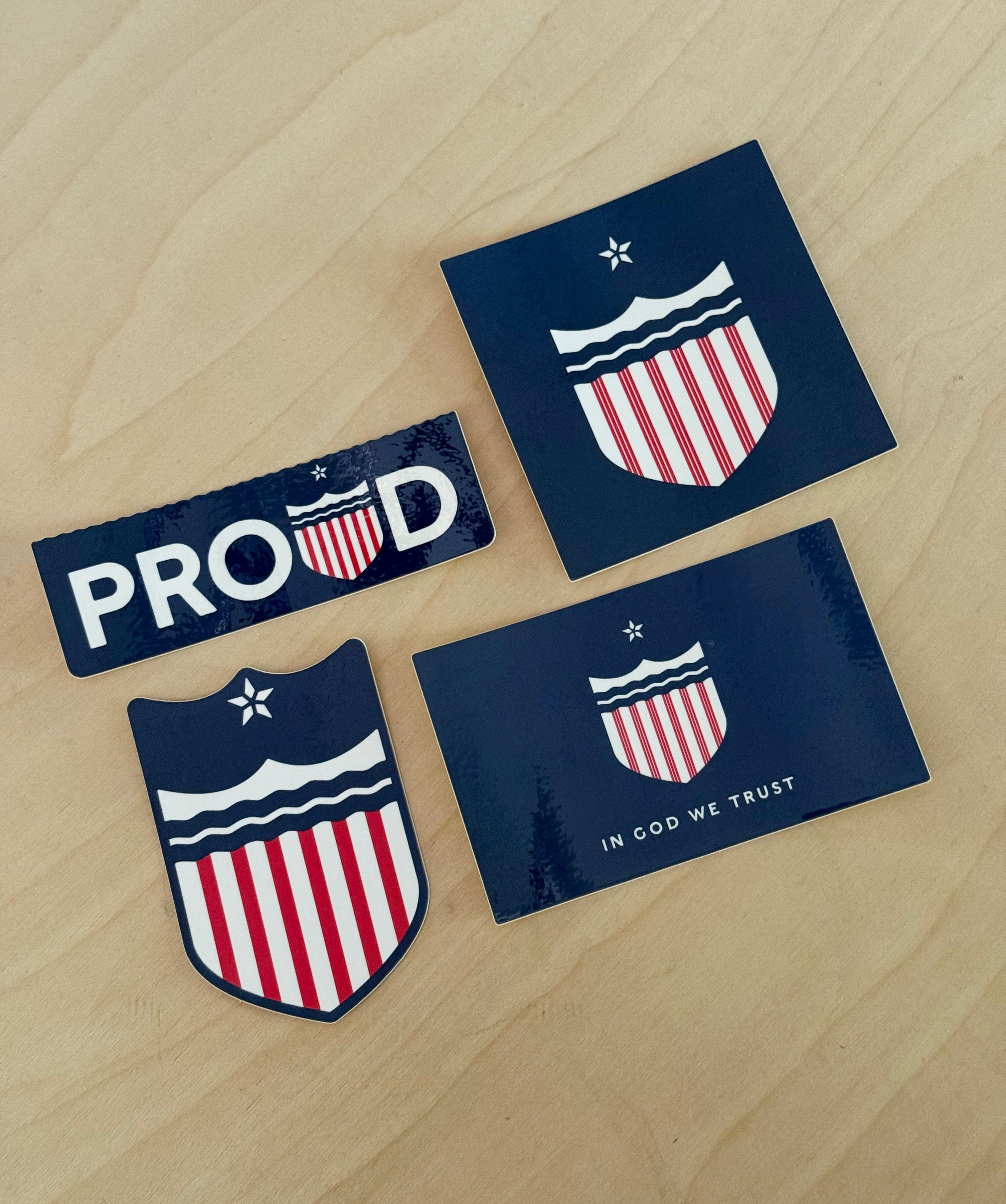The Letterpress Process
Letterpress printing started in the 1440s.
She changed over time, but pretty much was the standard for commercial printing for five hundred years. But as we’ve seen, all beautiful things get replaced by cheaper alternatives. From 1903 until about 1950, despite a lot of challengers like lithography, letterpress printing held on. By the mid 50s, offset printing (printing from rubber) was the most popular method, and the wooden letters started to slowly fade from use. And by the 80s, well, digital printers put a nail in the coffin of the old presses.
But not for us.
We’re lucky enough to’ve found a printer and drawers full of old type that were never chucked when guys in pleated pants were throwing out the old machines and replacing them with off-white plastic desk jets.
We use as much wooden type as we can (and there’s a lot of it), and we have plates hand-cut when we need images. Our printer is skilled as can be, so our prints just kiss the paper. Those letterpress wedding invites you get that are all deeply debossed are actually the mark of an unskilled pressman – though we’ve all kind of come to assume that “letterpress” means “debossed printing.” It takes a lot more effort to get the pressure right and not damage the fibers of paper.
And speaking of paper, we use 110lb Lettra that is made from the linters (or scraps) of cotton production. Which means our prints aren’t just 100% cotton, but they’re an environmentally responsible way to make art. And because our founder grew up in what was – at least up through the 80s – the largest cotton producing county in Alabama, each print reminds us a lot of home.
The process ain’t quick. It ain’t cheap. And it ain’t easy. Which is exactly the point.
We’re thankful you appreciate the thought and care that goes into every print we make. And we thank you for supporting our family, and the half dozen or so people who help make, and deliver, every Old Try print to your door.
- Kelli Steele & Jeff Brown












Photos: David Salafia




